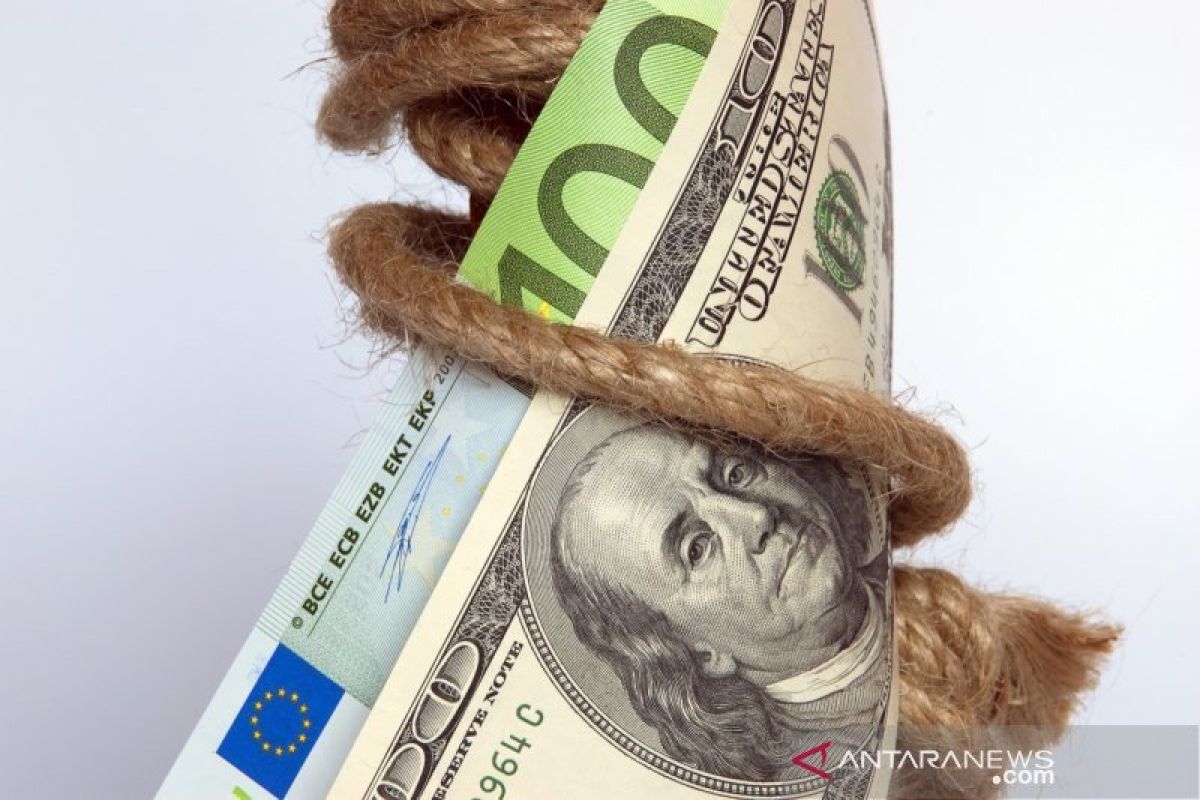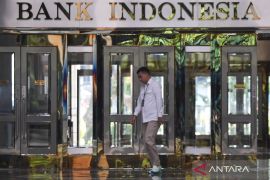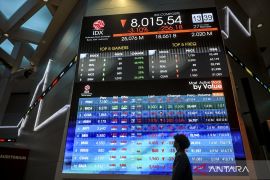"With these developments, Indonesia's external debts at the end of January 2021 grew by 2.6 percent (yoy), down from the growth in the previous month of 3.4 percent (yoy)," Executive Director of the Communication Department of Bank Indonesia (BI) Erwin Haryono noted in a statement here on Monday.
The government's external debts in January 2021 reached US$210.8 billion, or 2.8 percent (yoy) lower than the growth in December 2020 at 3.3 percent (yoy).
“The slowdown in growth is due to the maturing bilateral and multilateral loan repayments. Meanwhile, the position of government debt securities increased in line with the issuance of Government Securities (SUN) in US dollar and Euro at the beginning of the year amidst the high liquidity momentum on the global market and positive sentiment arising from the implementation of the COVID-19 vaccination globally,” he expounded.
Haryono explained that the government’s external debt was managed in a measurable and careful manner to support the government’s priority spending.
This expenditure comprises the government administration, defense, and compulsory social security fields, accounting for 17.6 percent of the total government external debt; the health services field and social activities, constituting 17.1 percent; education services, 16.2 percent; construction, 15.2 percent; and the financial and insurance services, 13.0 percent.
Related news: Realization of debt financing in 2020 at Rp1,226.8 trillion
Private external debt also grew at a slower pace from the previous month, recorded at 2.3 percent (yoy) at the end of January 2021, lower than the 3.8 percent (yoy) growth in the previous month.
"This development was driven by a slowdown in the external debt growth of Non-Financial Institution Companies (PBLK) as well as a deeper contraction in the external debt growth of Financial Institutions (LK). At the end of January 2021, the PBLK external debt grew by 4.9 percent (yoy), lower than the previous month's growth of 6.3 percent (yoy)," he remarked.
Furthermore, Haryono noted that the contraction of LK external debt was recorded at 6.1 percent (yoy), deeper than the 4.7 percent (yoy) contraction in the previous month.
By sector, the largest external debt, with a share of 77 percent of the total private external debt, came from the financial services and insurance sector, the electricity, gas, steam / hot and cold air (LGA) procurement sector, the mining and quarrying sector, and the manufacturing sector.
He explained that the structure of Indonesia's external debt remained healthy owing to the precautionary principle in its management.
"The healthy external debt structure is reflected in the ratio of Indonesia's external debt to GDP at the end of January 2021, which was maintained at around 39.5 percent, relatively stable as compared to the ratio in the previous month of 39.4 percent. In addition, this is seen in the large share of long-term external debt that reached 89.4 percent of the total external debt," he remarked. Related news: Indonesia's foreign debt recorded at US$417.5 billion in Q4 2020
Translator: Kuntum KR, Fardah
Editor: Rahmad Nasution
Copyright © ANTARA 2021












